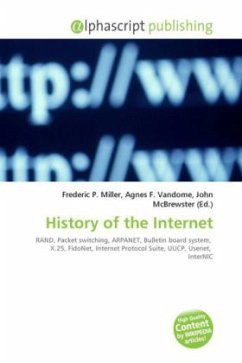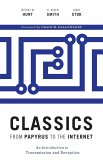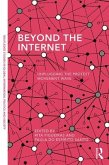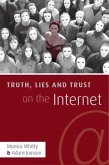Before the widespread internetworking that led to the Internet, most communication networks were limited by their nature to only allow communications between the stations on the network, and the prevalent computer networking method was based on the central mainframe computer model. Several research programs began to explore and articulate principles of networking between separate physical networks, leading to the development of the packet switching model of digital networking. These research efforts included those of the laboratories of Donald Davies (NPL), Paul Baran ( RAND Corporation), and Leonard Kleinrock's MIT and UCLA.The research led to the development of several packet-switched networking solutions in the late 1960s and 1970s,[1] including ARPANET and the X.25 protocols. Additionally, public access and hobbyist networking systems grew in popularity, including unix-to- unix copy (UUCP) and FidoNet
Bitte wählen Sie Ihr Anliegen aus.
Rechnungen
Retourenschein anfordern
Bestellstatus
Storno








